Abandoned in Ireland – Photography & Blog
18/05/2020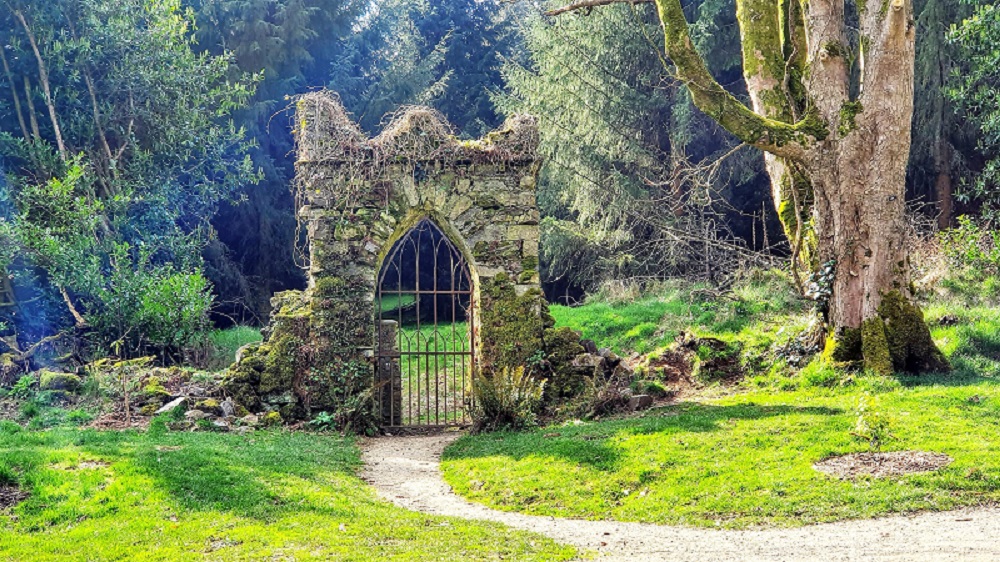
When I started writing this article a couple of months ago, I didn’t know that all the touristic sites of Ireland were going to be literally abandoned due to a pandemic. I picked the title with something completely different in my mind. Places which were abandoned for good. Decaying. Incomplete. Mysterious. A husk of a building. Ruins. Walls.
That hasn’t changed and this post is still going to be a journey to a few of my favourite abandoned places in Ireland. Whilst I didn’t wish for the tourism industry to come to a complete hold, I have been thinking for a while that it could do with some mitigation of the boom excesses which had been returning. So I will also give a brief explanation in this post of why I prefer some sites to stay abandoned.
Photographs © Sylvia & John Payne, Hartmut Wallburg
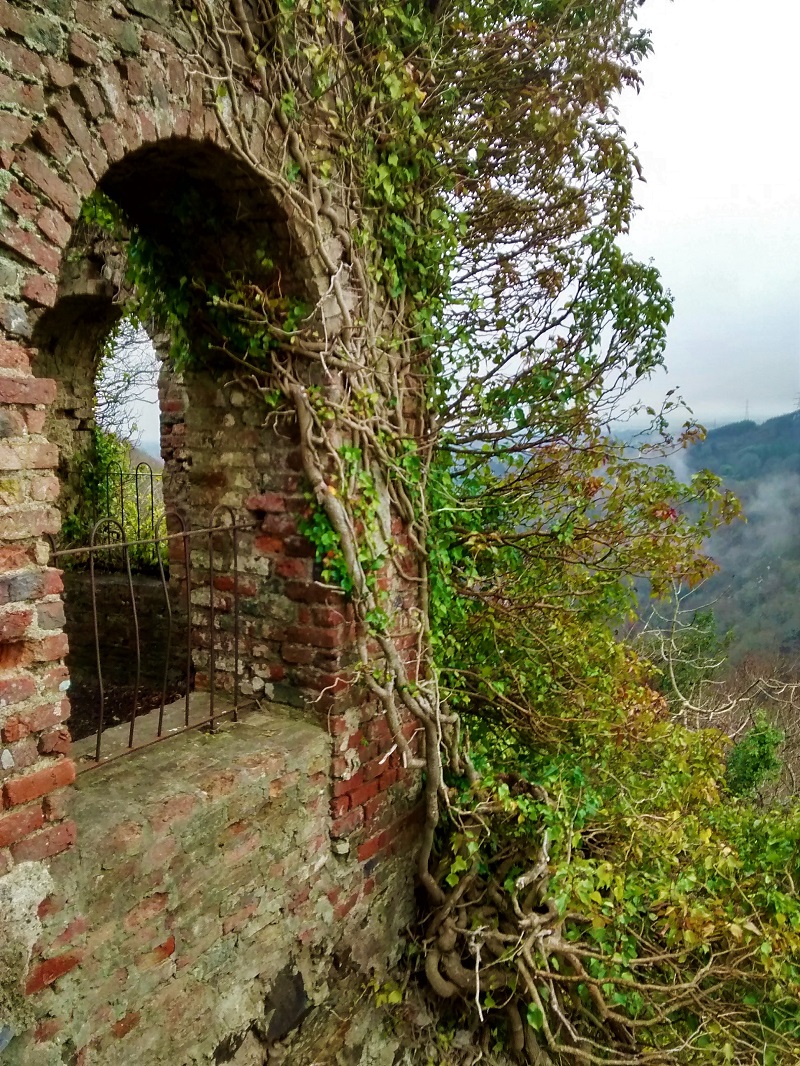
WHAT'S THE STORY?
I like old things. My husband is always teasing me that this is why I married him. Whereas this is partly true, I was more referring to old buildings. Both have a story and because of these stories I am drawn to them. (I will leave my husband's story aside here.) I like to feel the energy that comes off an abandoned place. A ruin that has been sitting there for centuries. Decaying and overgrown. I like to imagine what it must have been like during its heyday. Why and under what circumstances has it been abandoned?
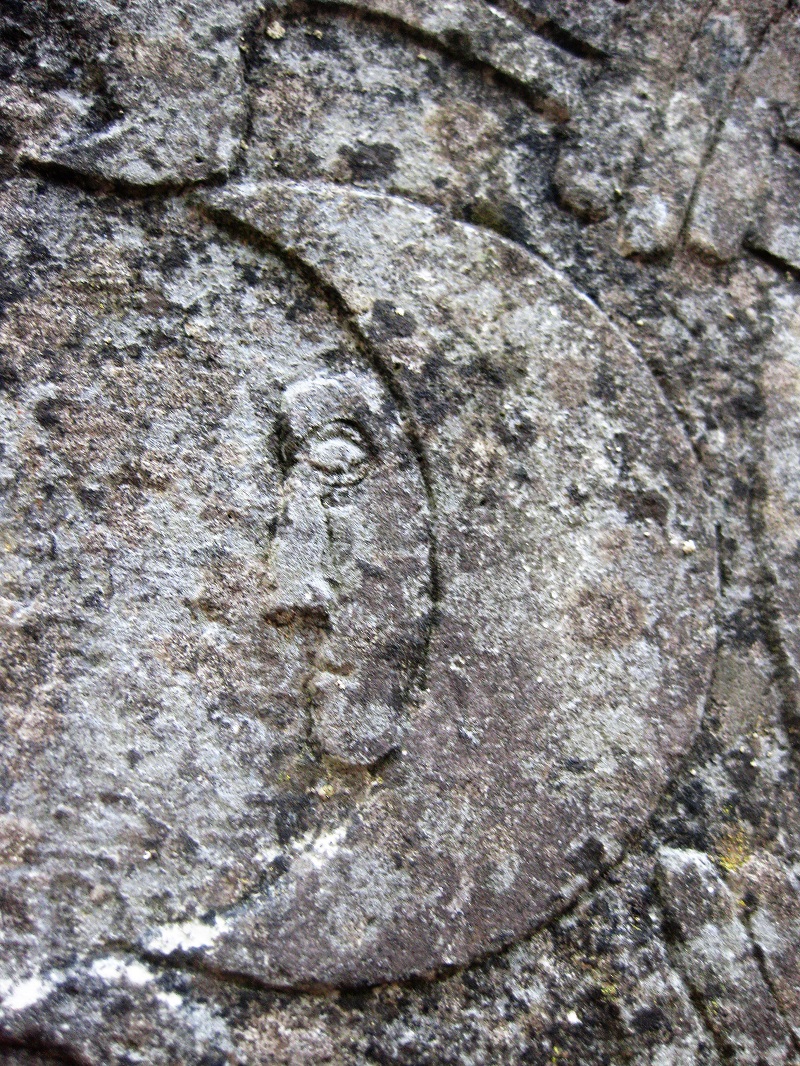
LAYING FOUNDATIONS
When I was a child my parents brought my sister and me to a lot of historic places. Archaeological sites mostly in Greece and Turkey. Some of them were very popular amongst tourists. Others barely had an infrastructure and hence hardly any visitors. These I enjoyed the most. They had been abandoned despite their historical value to mankind. That didn’t make them less interesting. My parents and especially my dad showing them to us laid the foundations for my interest in abandoned places.
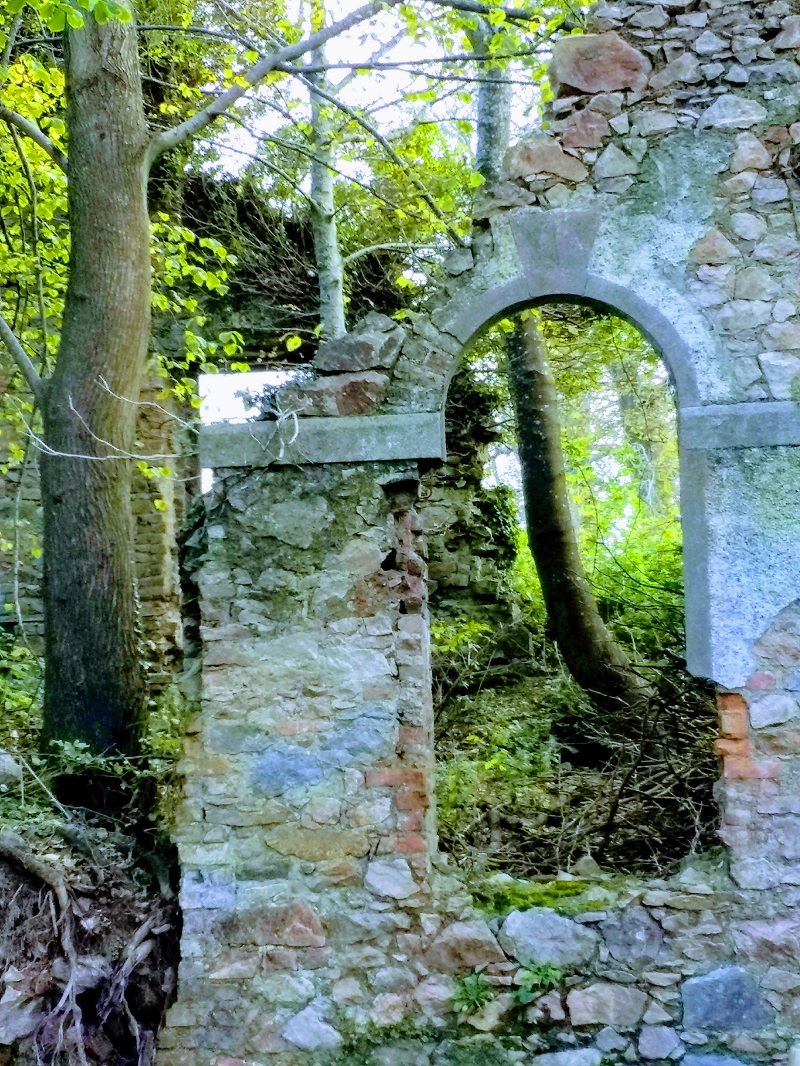
A CHILD'S IMAGINATION
My mind kept wandering off while I was walking through these sites, inspired by books and my own very vivid, child’s imagination. I pictured the people that had walked the very same grounds thousands of years ago. Sensing the same heat burning on their skin and hearing the overpowering sound of the cicadas the way I was now. Does it play a role if I imagined them in their historically correct clothing? Not to me. What I remember until today is the special atmosphere rather than historical facts that can be looked up any time.
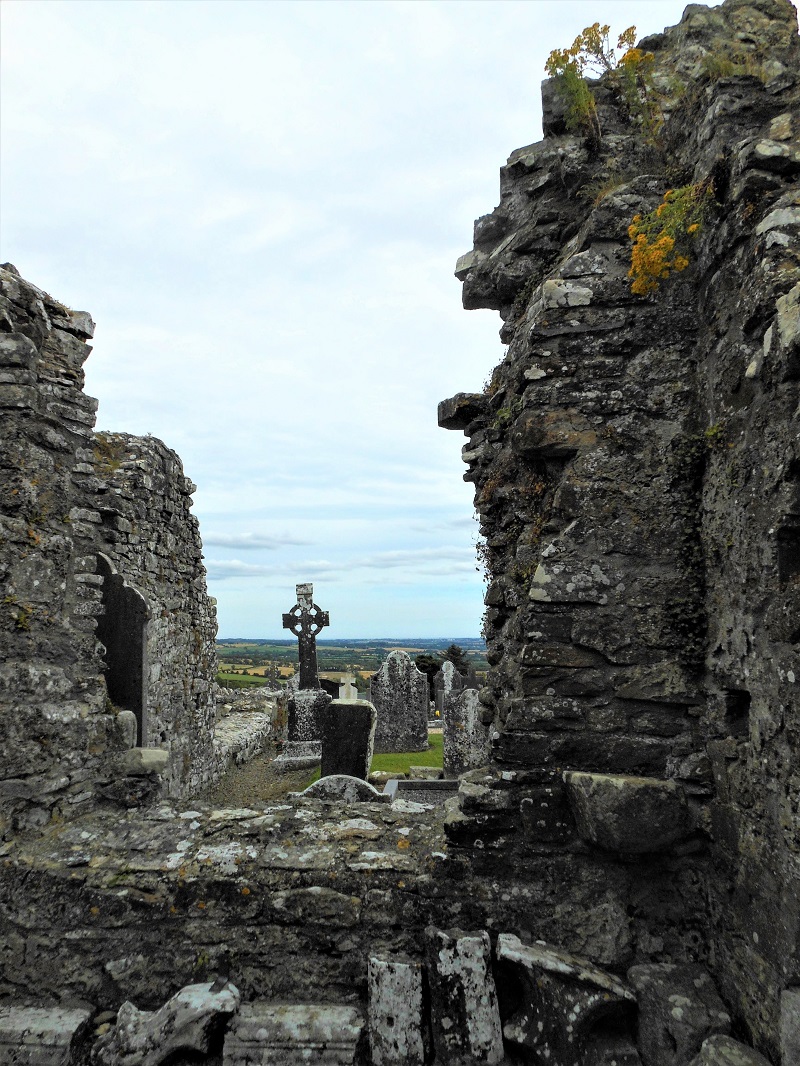
LESS IS MORE
I sometimes like to fill in the blanks myself. Reconstructions and visitor centres often take away the fun of exploring a site with all its missing pieces. Abandoned buildings speak for themselves although the story perceived is not the same for everyone. There are a good few highly frequented touristic sites in Ireland that have kept the place’s spirit and leave room for imagination. Sadly there are many tourist traps too whose interest at heart is not to purely inform, but make people spend money.
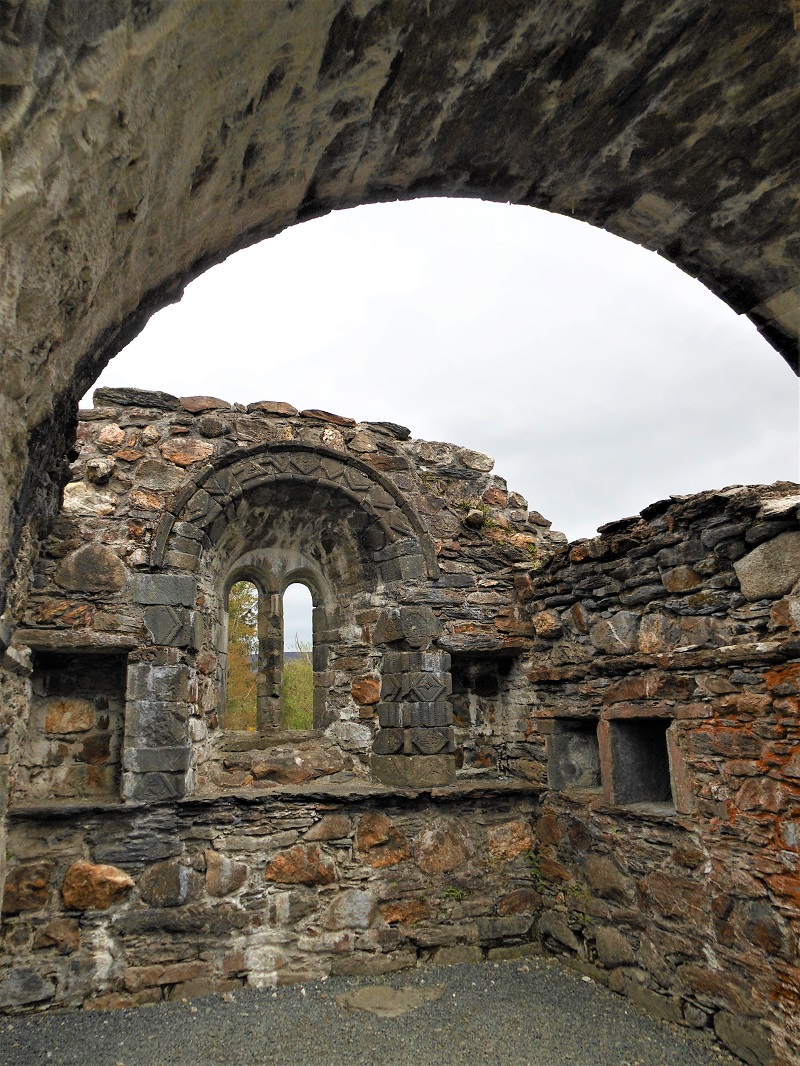
SUSTAINABLE
As much as grazing sheep on green hills belong to Ireland, ruins of mansions or abbeys are a familiar sight in the Irish landscape too. Some people visiting Ireland get downright excited about abandoned castles they spot on the roadside, without a coffee shop or souvenir stall attached to it. One might call it wasted potential, I call it sustainable tourism. Sometimes all you need is some simple facilities and a signpost.
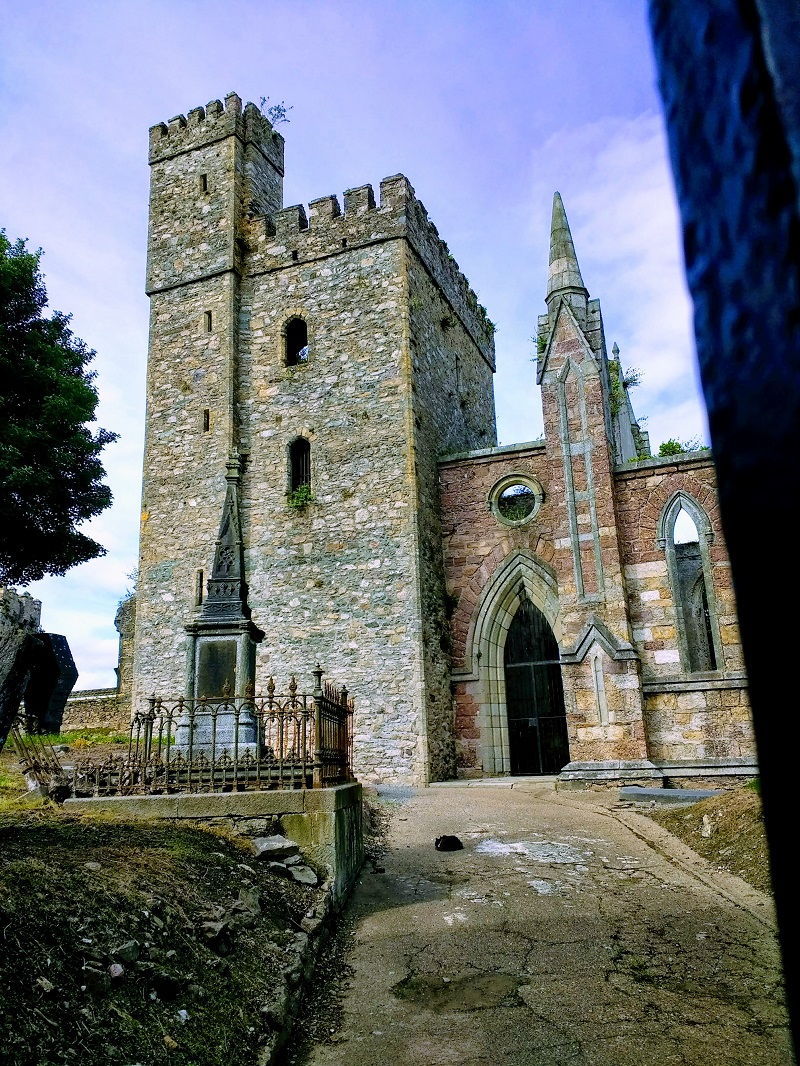
CURSE...
The pictures in this post have all been taken in abandoned places. Most of them don't have a visitor infrastructure which makes them even more attractive in my eyes. Imagination works better for me without coach loads of tourists around. Not too long ago I myself earned my money in the tourism industry, bringing thousands of tourists to Ireland every year. Long before I stayed at home as full-time mammy, I had a problem with cut price and mass marketed packages in Irish tourism.
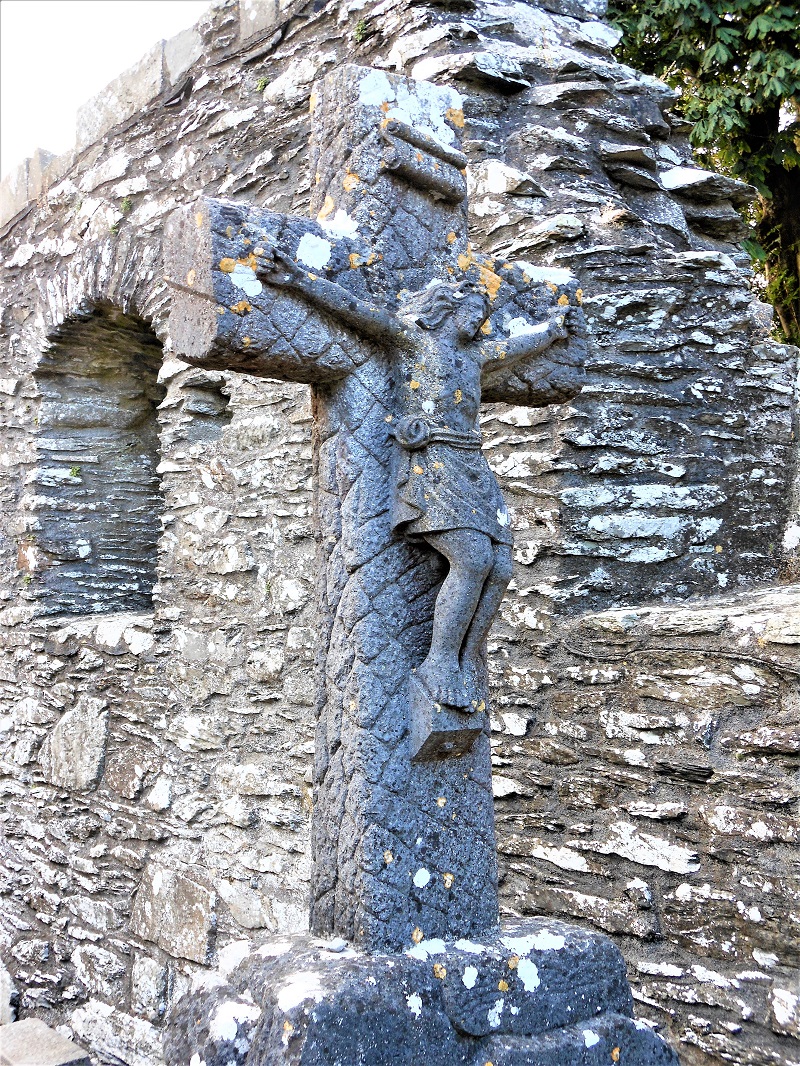
...& BLESSING
Appropriately done, tourism is an important income source for Ireland, especially in less favoured regions. But I feel that the concept of slow, sustainable growth is absent and unsupportable increase reigns instead. I also think that visitor centres should not be turned into the main attraction by covering up the more beautiful, natural site behind it. How can it not backfire in the long run when the attributes people were originally drawn to, disappear? Like tranquility, unspoilt nature and above all authenticity. Keeping (abandoned) sites real will create a valuable resource for Irish people and visitors alike.
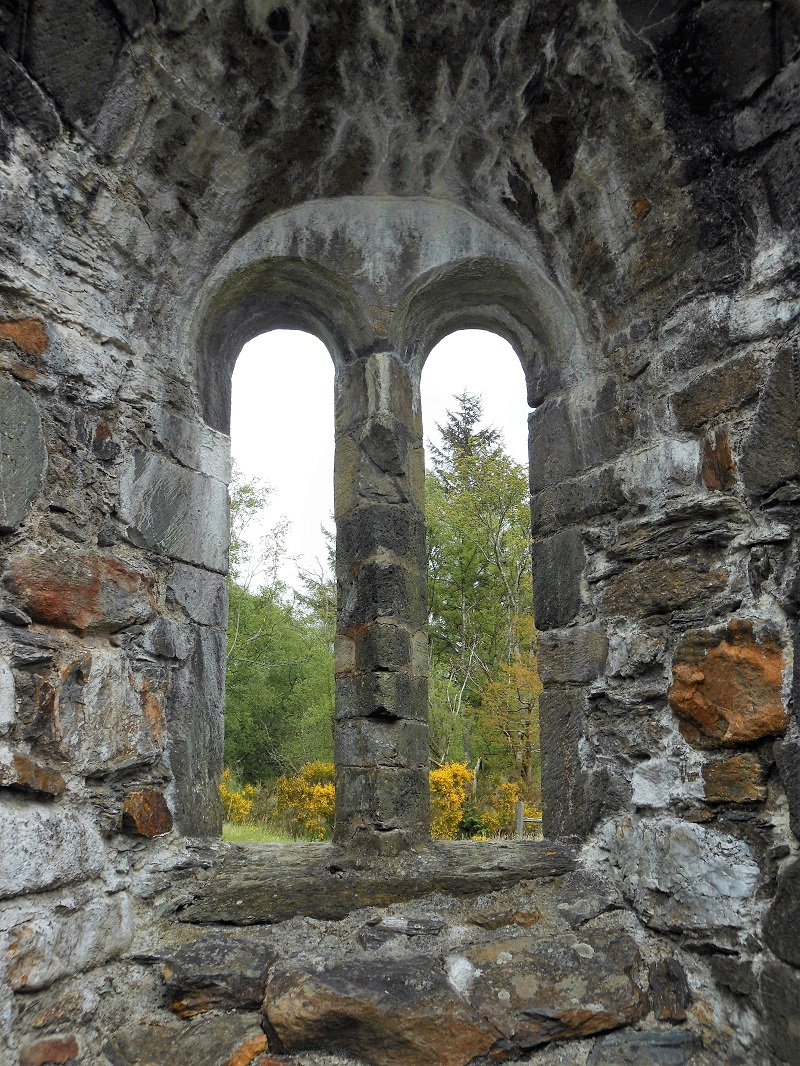
DILEMMA
I should be happy that most tourists are sticking to a handful of iconic sites promoted in travel brochures. Don't get me wrong, I went to see them all myself, the first time I came to Ireland. However after getting to know Ireland better, I feel obliged to show people other places that - for whatever reason - haven’t turned into a tourism magnet yet. Places too beautiful to keep them a secret. Yet too precious to turn them into a hot spot during high season. That is my personal dilemma I guess. Luckily I don't have the power to do either.
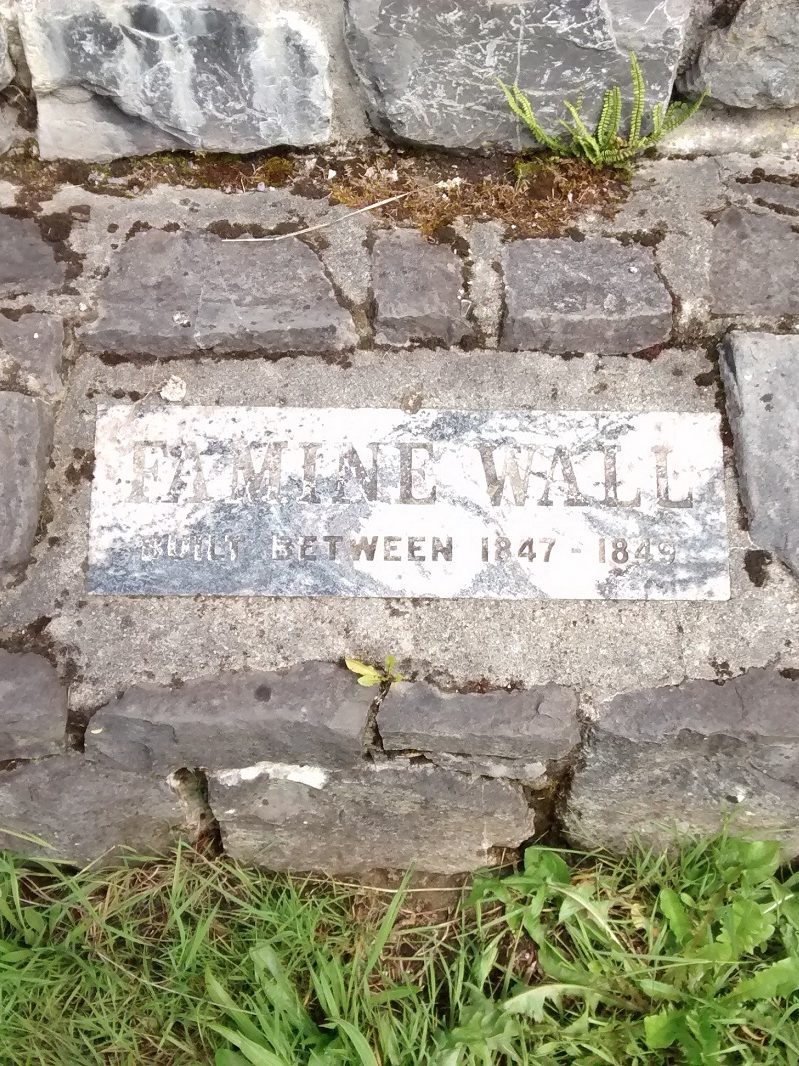
TALKING WALLS
The ruins that I chose to introduce in this article were all random finds. I didn't read about them in guide books beforehand nor did anyone recommend them to me as a must-see. Accordingly my expectations were low to non-existent. In each one of them I could totally immerse into my unbiased imagination regarding their history, be it true or not. No reconstructed walls, no fake interior. Just stones the way they were put on top of each other by the people who once built them. And I wonder - what makes them less popular than some of the most visited sites in Ireland in a similar state?
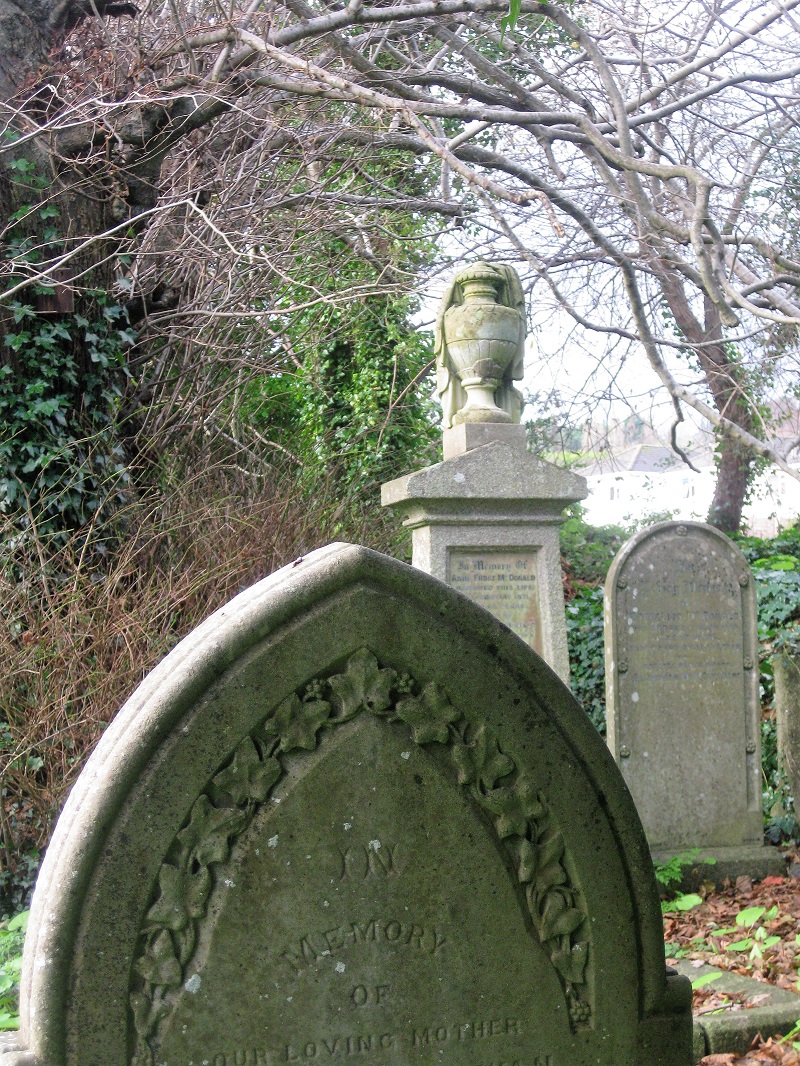
GRAVEYARDS
Old graveyards have always fascinated me the most. In Ireland they are particularly beautiful because of their Celtic high crosses. I am a big fan of Glasnevin and Monasterboice as cemeteries and 'tourism attractions' alike. As well as the Rock of Cashel and Clonmacnoise as historic sites featuring an ancient graveyard. In my eyes they are all doing a great job of preserving the place for what it is, despite large visitor numbers. Two 'hidden' graveyards that impressed me as much are the Hill of Slane, Co. Meath and the Old Burial Ground in Delgany, Co. Wicklow.
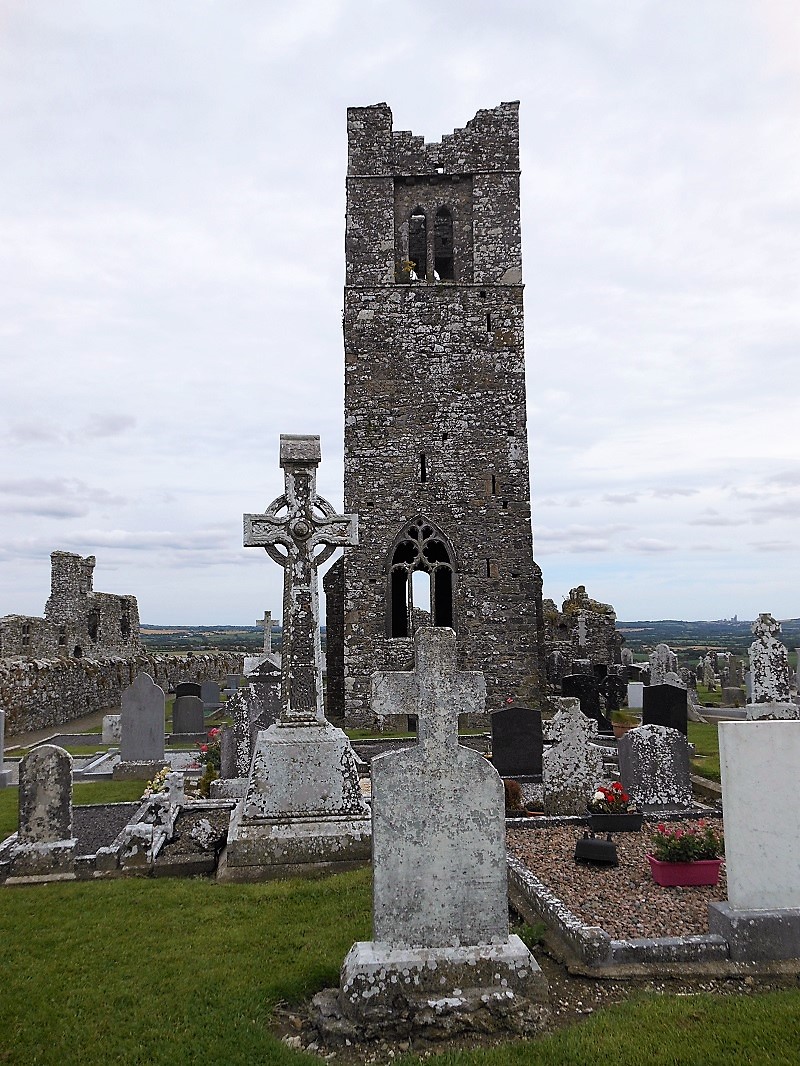
HILL OF SLANE
The Hill of Slane struck me as surreal. A quite big complex of ruins overlooking a green landscape. Cows grazing in the field beside it and a farmer dropping in to check on them just when we were visiting. The only creatures we encountered during our two hour stay. Both were obviously rather unimpressed by the historical value in their vicinity. To me a great example of something historically remarkable blended in with ordinary life. That to me makes an iconic site I would call typically Irish.
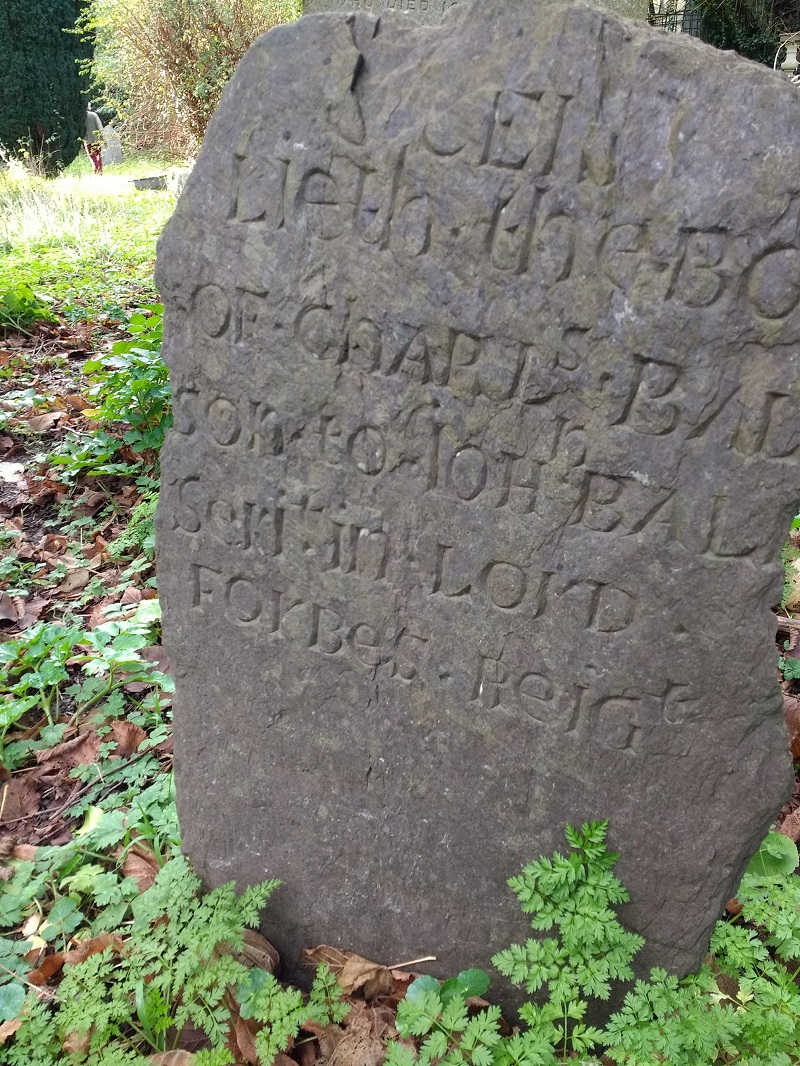
DELGANY
Stepping into the Old Burial Ground off a busy road, my husband and I found ourselves in a secret-garden-like environment, only meters from our home. We were the only people there and took our time reading the headstones dating back to the 1700's. Instead of neatly cut edges, the grass was lush and dotted with wild flowers. Tilted, ancient gravestones with engravings barely visible and overgrown. A bench underneath a huge tree providing shade. Could a cemetery be more authentic and a better resting place for the deceased and visitors?
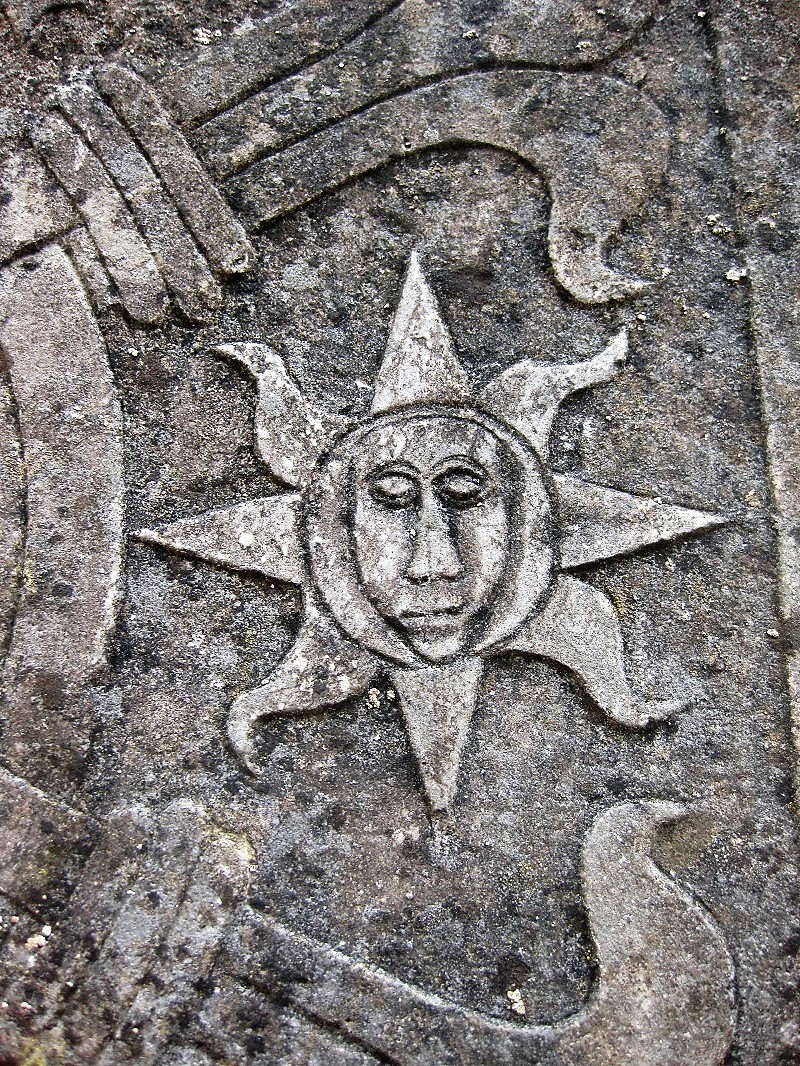
BALTINGLASS
Abbeys to me have something majestic. Like graveyards they are places of devotion and contemplation or at least were in their heyday. Ireland is full of them and even as ruins they don’t lose their aura. When we took the scenic drive from our home in North Wicklow to Baltinglass in West Wicklow, it took us longer than expected. We were hungry and cranky when we got there. Maybe that is why I wasn’t straight away baffled by this 12th century Cistercian Abbey. Taking a closer look though, the most stunning details revealed to me. Some of them even just after looking at the photographs. These very elaborate stone carvings belong to the finest examples of Romanesque architecture in Ireland. And still no sinner there to admire them.
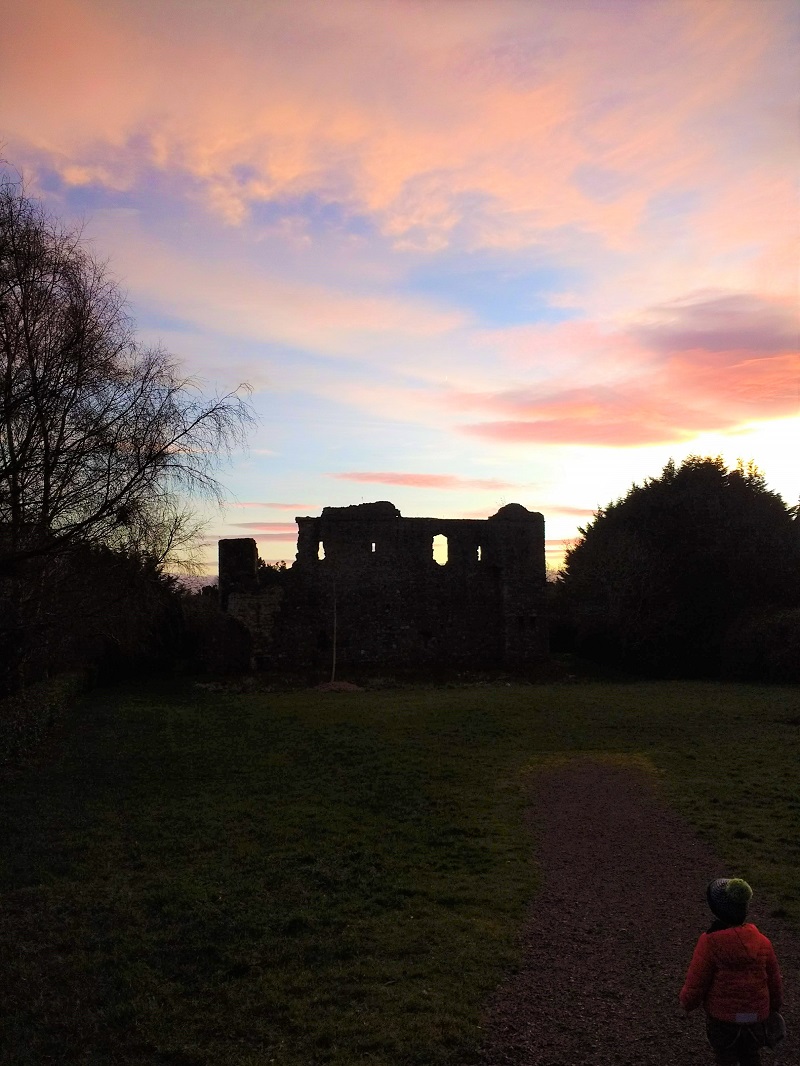
FANCY A RUIN?
Whenever I fancy a ruin, I just step outside my door and watch the sun set at Kindlestown Castle. On the meadow in front of it our toddler is occasionally kicking a ball or people are walking their dogs. That doesn’t take away from the fact that we are looking at a historic hall house from the 9th century that is considered a National Monument and part of the Delgany Heritage Trail. Only a few minutes drive from us is Belmont Demesne as part of a walking trail area. The ruins themselves are from 18th century Belmont House. Pretty unspectacular nestled in between the green parklands which have a rich film pedigree including Vikings and King Arthur. The enclosed Café Bak'd at Arthur's Barn including a local Design Store even got its name from it.
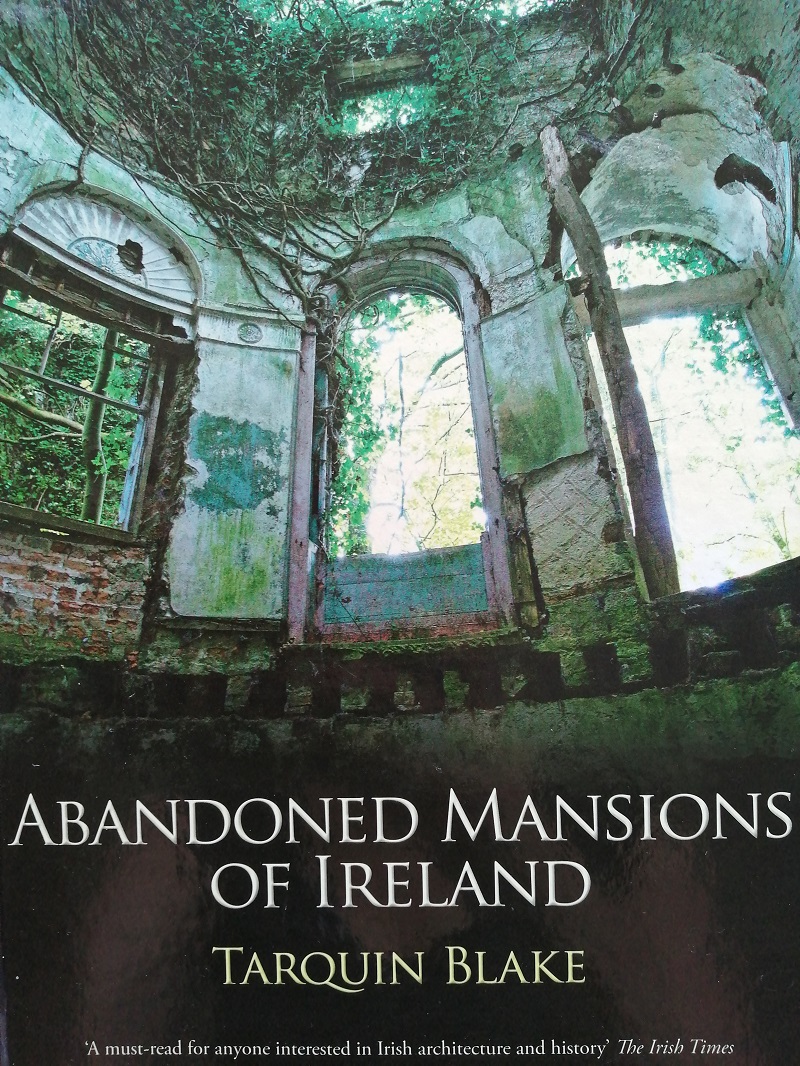
BOOK TIP
Last but not least I would like to recommend a book of someone that I share my obsession of abandoned mansions with. Tarquin Blake wrote it. My husband gave it to me with the following words written into it:„To my beautiful wife. On her first birthday as my wife. One day we will build a home of our own. Your husband.“ These words were not only touching on a personal level, they also made me think that these Abandoned Mansions of Ireland captured in the book had indeed been a home to someone once. As fascinating as it is to see an abandoned building being re-captured by nature, is the (hi)story behind it. Before I read it I let the pictures speak for themselves first, exactly the way I had done it as a child.
Small pictures, left to right, horizontal: Glen of the Downs (Co. Wicklow); Baltinglass Abbey (Co. Wicklow), Belmont Demesne (Co. Wicklow); Hill of Slane (Co. Meath); Cathedral of St. Peter & St. Paul, Glendalough (Co. Wicklow), Monasterboice (Co. Louth); Selskar Abbey (Co. Wexford); Cathedral of St. Peter & St. Paul, Glendalough (Co. Wicklow), Famine Wall, Ballina (Co. Mayo); Old Burial Ground, Delgany (Co. Wicklow); Hill of Slane (Co. Meath); Old Burial Ground, Delgany (Co. Wicklow); Baltinglass Abbey (Co. Wicklow); Kindlestown Castle (Co. Wicklow)
Photographs © Sylvia & John Payne, Hartmut Wallburg
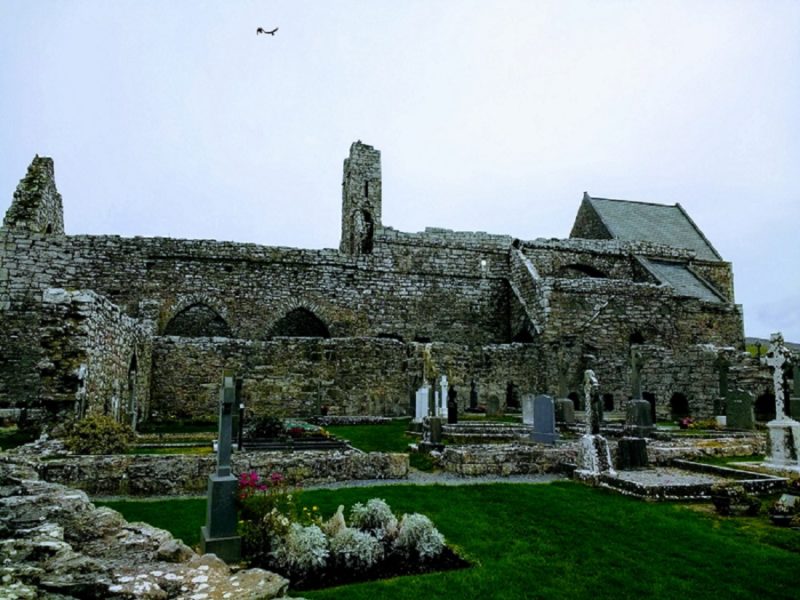
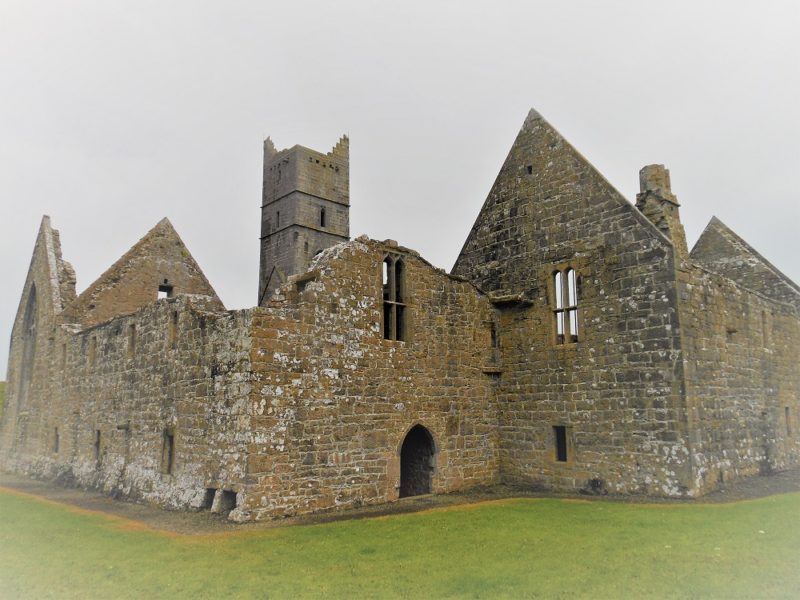
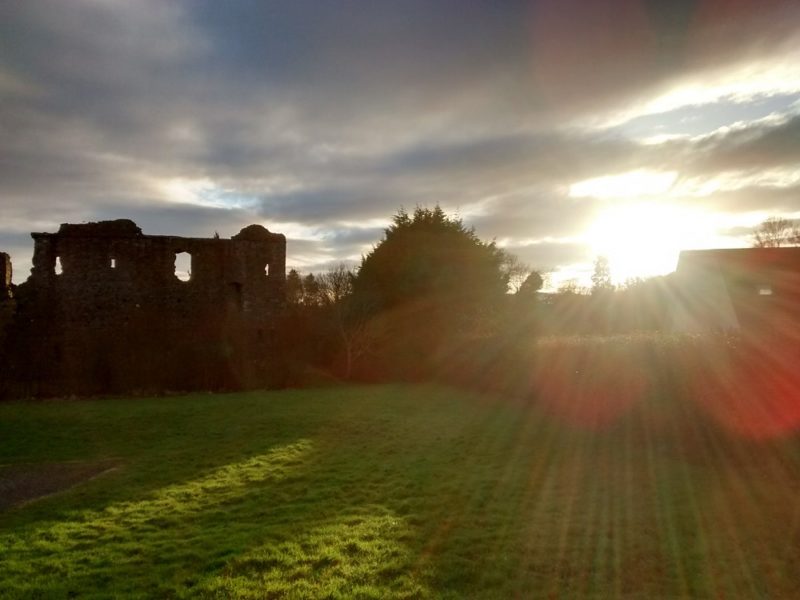
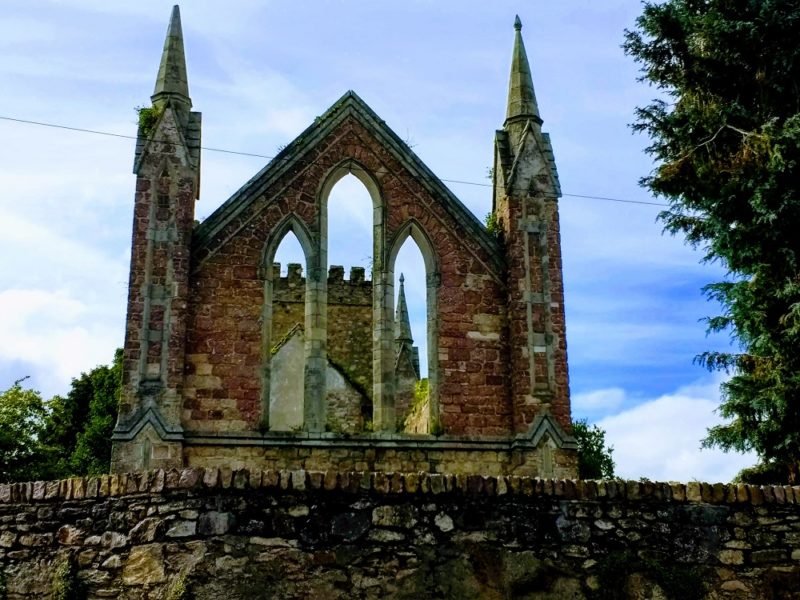
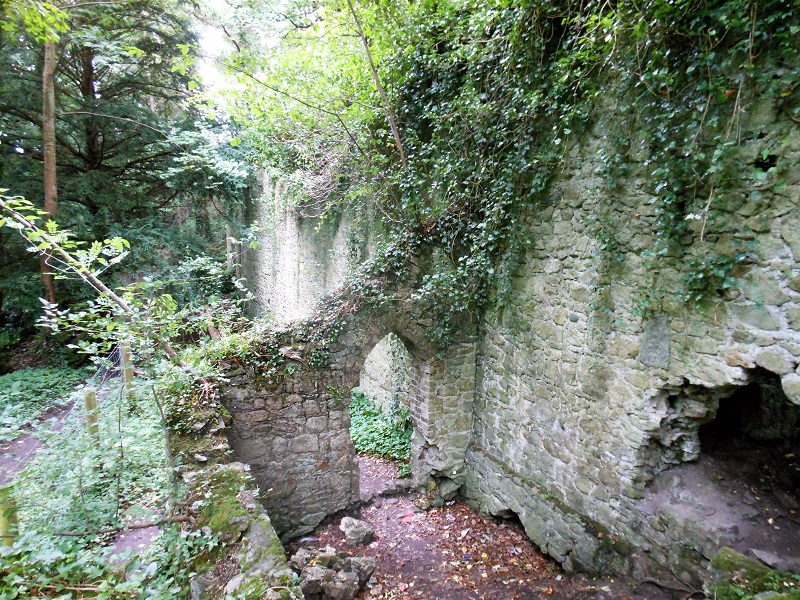
Really enjoyed reading this on my phone. Looking forward to reading it again on the laptop where I can enjoy looking at the photos of the sights discussed.
Great interesting read.
X
Thanks Rebecca! Glad you like the “new style” :-).